Fairy Wings: Bat, Bird or Insect? December 19, 2016
Author: Beach Combing | in : Ancient, Contemporary, Modern , trackback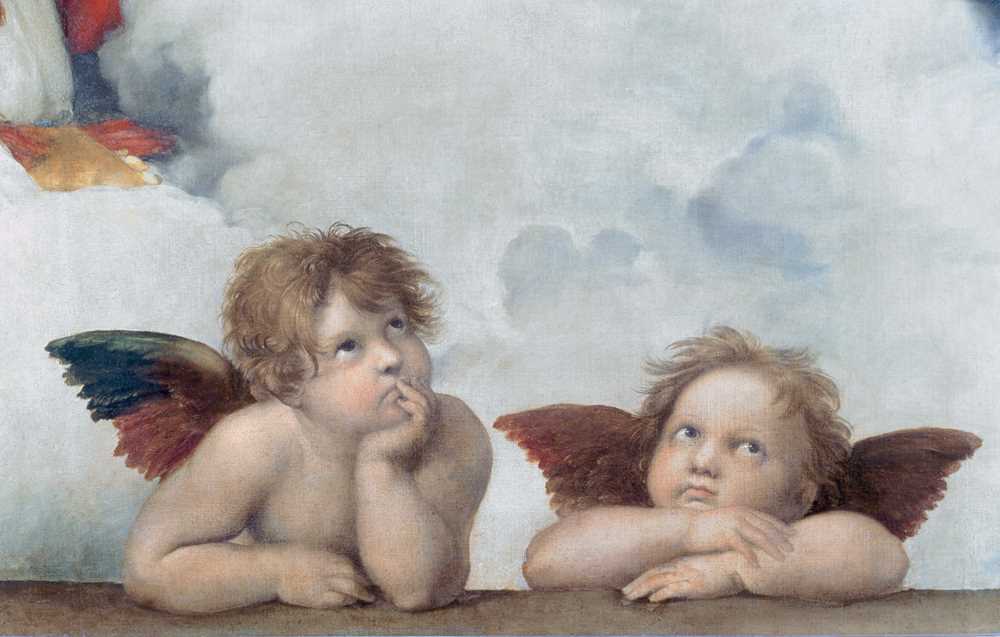
Another fairy wings question thinking of the last two posts on the origins of fairy wings and on the production of fairy wings: what do fairy wings look like? Here Beach is going to start wide by looking at all winged flying supernatural creatures including angels, Cupid, putti (curse them), cherubs (curse them), Psyche and Eros. There seem to be, crudely speaking, three options. Either you have bird wings, insect wings (typically butterfly wings) or you have bat wings.
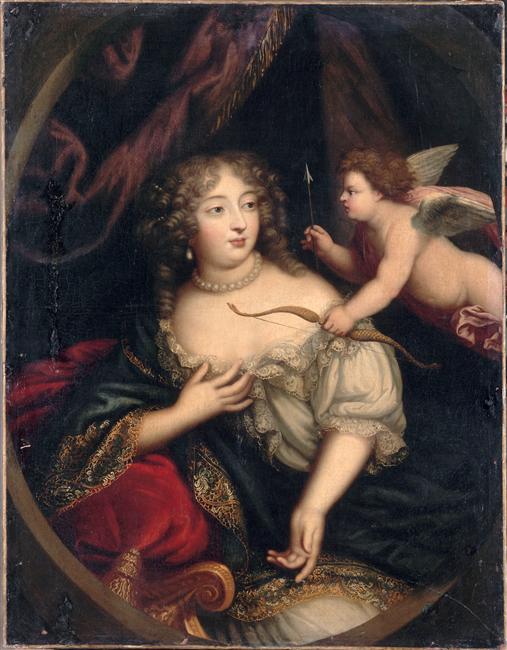
Bird wings are by far the most common, there are white swan like wings and these are the ones that we usually associate with angels and those horrible Renaissance derivatives that you have crawling up the walls in Palazzo Vecchio and other sixteenth-century messes. Beach was interested at how many of these birds wings, though, are not basic white: some clearly from specific bird types in mind.
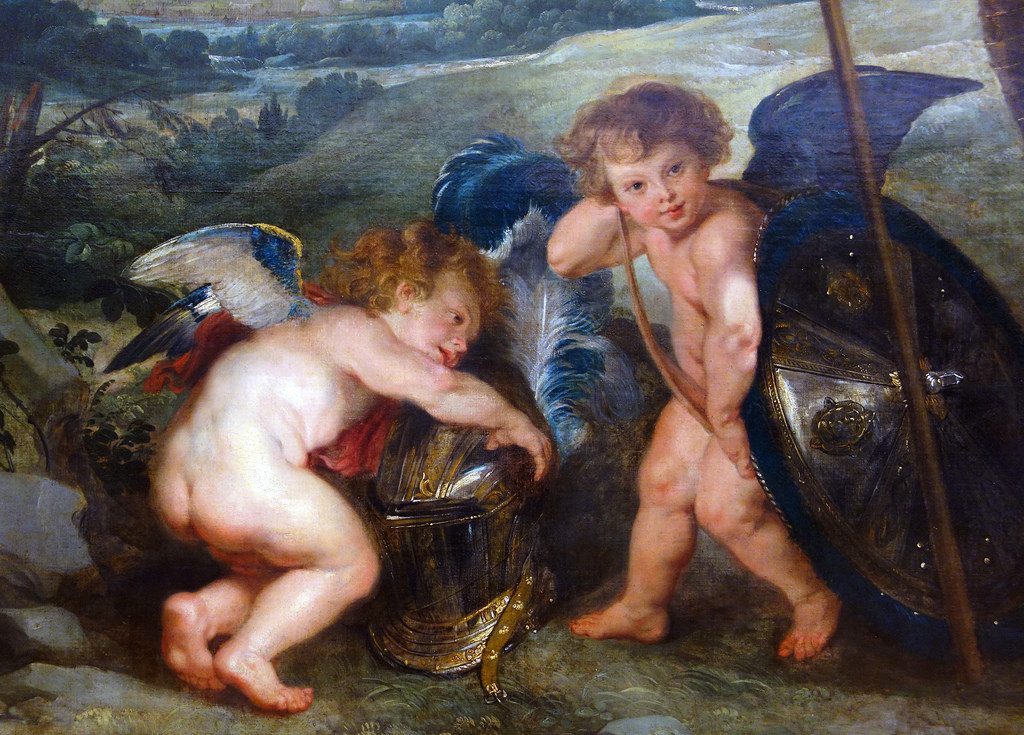
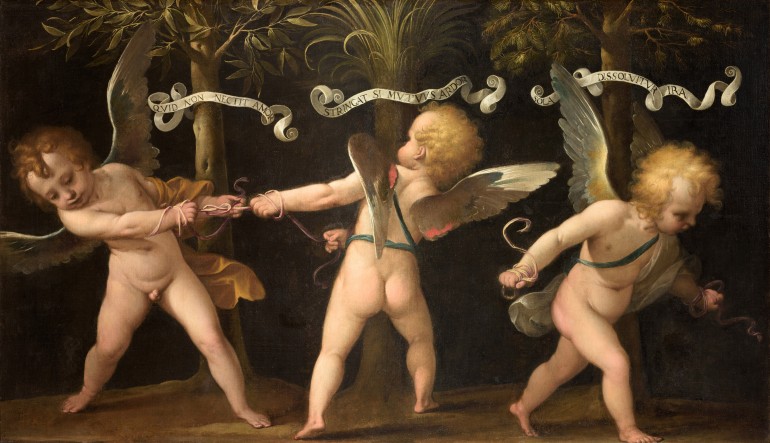
Next you have occasional examples of insect wings. Prior to 1900 these rare instances are almost always the wings of butterflies: an animal with largely positive associations in the western tradition. The first British one Beach has been able to find belongs to Blake or is this just a misinterpretation? (Note that Blake used reptilian wings for devils, another subcategory)
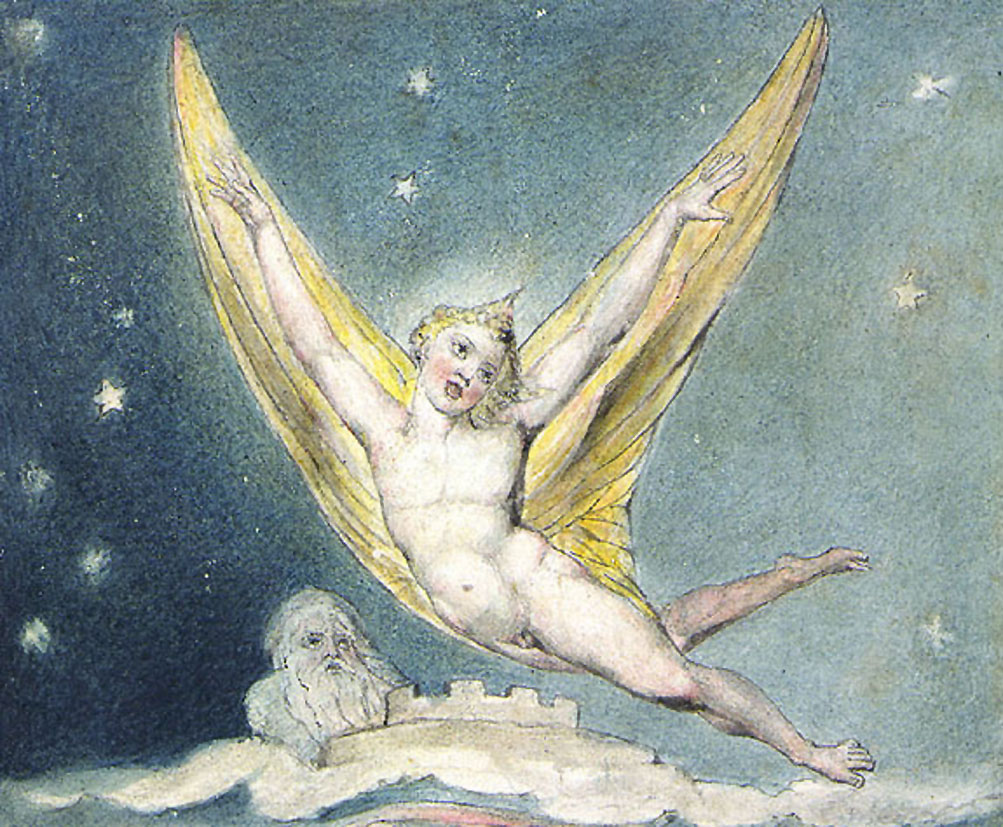
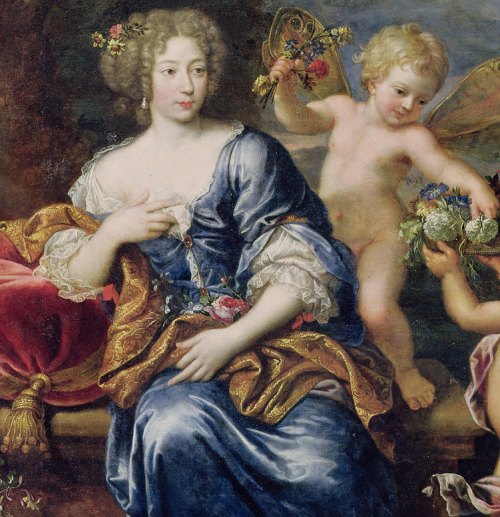
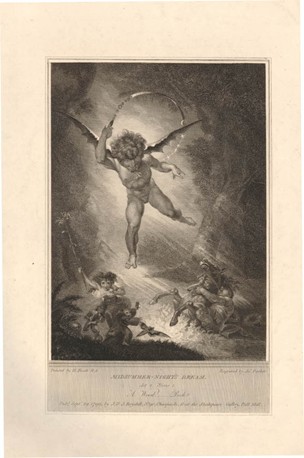
Finally Beach knows one example of Puck with bat’s wings (above). This comes right at the beginning of the visual tradition of showing fairies with wings and might stand as the road not taken. Fairies, after all, are creatures of the night: they are also highly ambivalent creatures. Wouldn’t a bat’s wings have made more sense? Still, sigh, it was not be have been. The vampires took this particularly motif for themselves.

Beach might note finally that there seem to be a series of images of Psyche and Eros (and spillover) where Psyche has insect wings and Eros has insect wings. Fascinatingly one of these images dates from an early Roman mosaic. So there is no question that it has form.
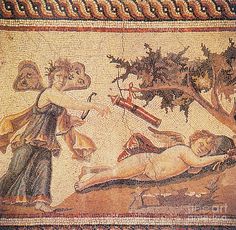
Fairies seem to have inherited butterfly or insect wings. It, kind of, makes sense. By the late 1700s fairies had been fixed as small creatures in mainstream European literature. Bird wings would have made them too big and had they been white wings there would have been the risk of confusion with angels: fairies continued to be mischievous rather than angelic. The failure to take up bat wings is interesting, and shows how fairies were being neutered in art and writing by 1800. They were naughty not evil or scary. They had become chocolate-box bogies: save if you went to Ireland or the British highlands or other more isolated areas on the continent or in Scandinavia.
Are there any other supernatural wing types hovering out there: drbeachcombing AT yahoo DOT com


